About
We aim at understanding how physical forces and molecular control modules cooperate to drive biological function.
We develop new technologies to map and perturb the main physical properties that determine how cells and tissues grow, move, invade and remodel.
By combining this physical information with systematic molecular perturbations and computational models we explore the principles that govern the interplay between chemical and physical cues in living tissues.
We study how these principles are regulated in physiology and development, and how they are derailed in cancer and aging.
Making cellular forces visible
To study cell and tissue dynamics we develop new technologies to measure physical forces at the cell-cell and cell-matrix interface. By combining these technologies with computational analysis of cell shape and velocity we obtain a full experimental characterization of epithelial dynamics during tissue growth, wound healing and cancer cell invasion.
Tumour invasion by stromal forces
Cancer cell invasion and metastasis remain the leading cause of death in patients with cancer. Both processes are the result of a complex interaction between tumor cells and their microenvironment. One of our main lines of research is to study how tumours exploit the functions of non-cancer cells in their microenvironment to invade and metastasize. We focus on the interaction between epithelial cancer cells and Cancer Associated Fibroblasts (CAFs), the most abundant cell type in the tumour stroma.
Optogenetics to control cell mechanics
The recent development of optogenetic technologies offers promising possibilities to control signalling pathways with high spatiotemporal resolution. By expressing genetically encoded light-sensitive proteins, optogenetic technology enables the reversible perturbation of intracellular biochemistry with subcellular resolution. We have developed optogenetic tools based on controlling the activity of endogenous RhoA to upregulate or downregulate cell contractility and to control cell shape and mechanotransduction.
Collective durotaxis: a mechanism for cellular guidance by mechanical cues
Directed cell migration is one of the earliest observations in cell biology, dating back to the late XIX century. Also known as taxis, directed cell migration has been commonly associated with chemotaxis, i.e. the ability of a broad variety of cell types to migrate following gradients of chemical factors. We recently demonstrated a new mode of collective cell guidance by mechanical cues, called collective durotaxis. This new migration mode emerges only in cell collectives and, strikingly, does not require isolated cells to exhibit gradient sensing.
Organoid mechanobiology
Organoids are large multicellular structures that self-organize in vitro and maintain a similar organization and functionality than the organ from which they are derived. Organoids from many organs have now been obtained from embryonic stem cells, induced pluripotent stem cells and organ progenitors. We use intestinal and kidney organoids to study how epithelia adopt three-dimensional shapes that closely resemble their structure in vivo. We also use organoids grown from primary tumors to understand how epithelial structure and function are lost with disease progression.
Engineering epithelial shape and mechanics from the bottom up
We develop new approaches to engineer epithelia in 3D. Using these approaches, we study the principles that govern the emergence of tissue shape from the bottom up. We recently found that epithelial sheets can stretch up to four times their initial area without breaking, and that they are able to recover their initial size in a fully reversible way when unstretched. Surprisingly, some cells in the tissue barely stretch, while others become ‘superstretched’, increasing their area more than ten times. We call this phenomenon ‘active superelasticity’.
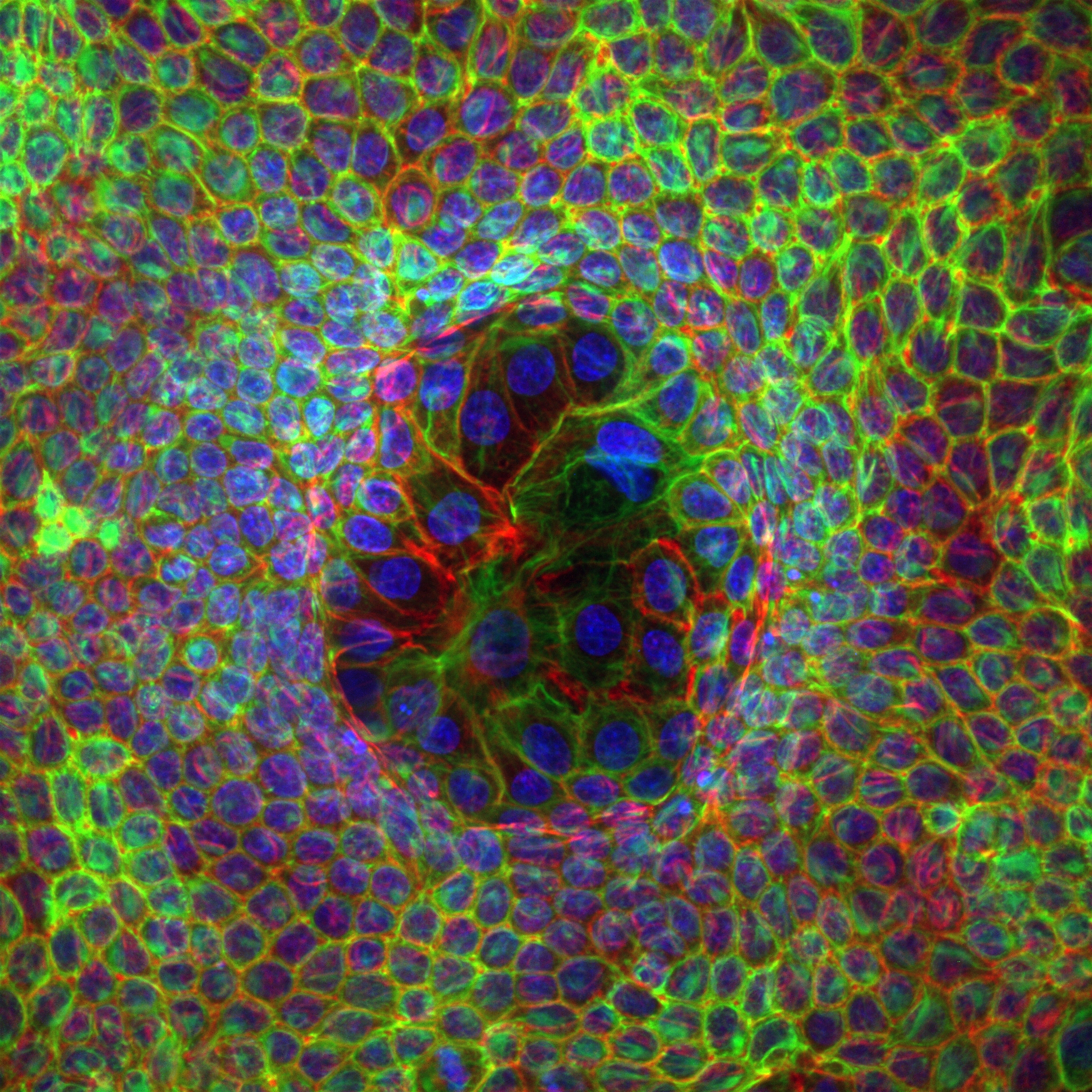

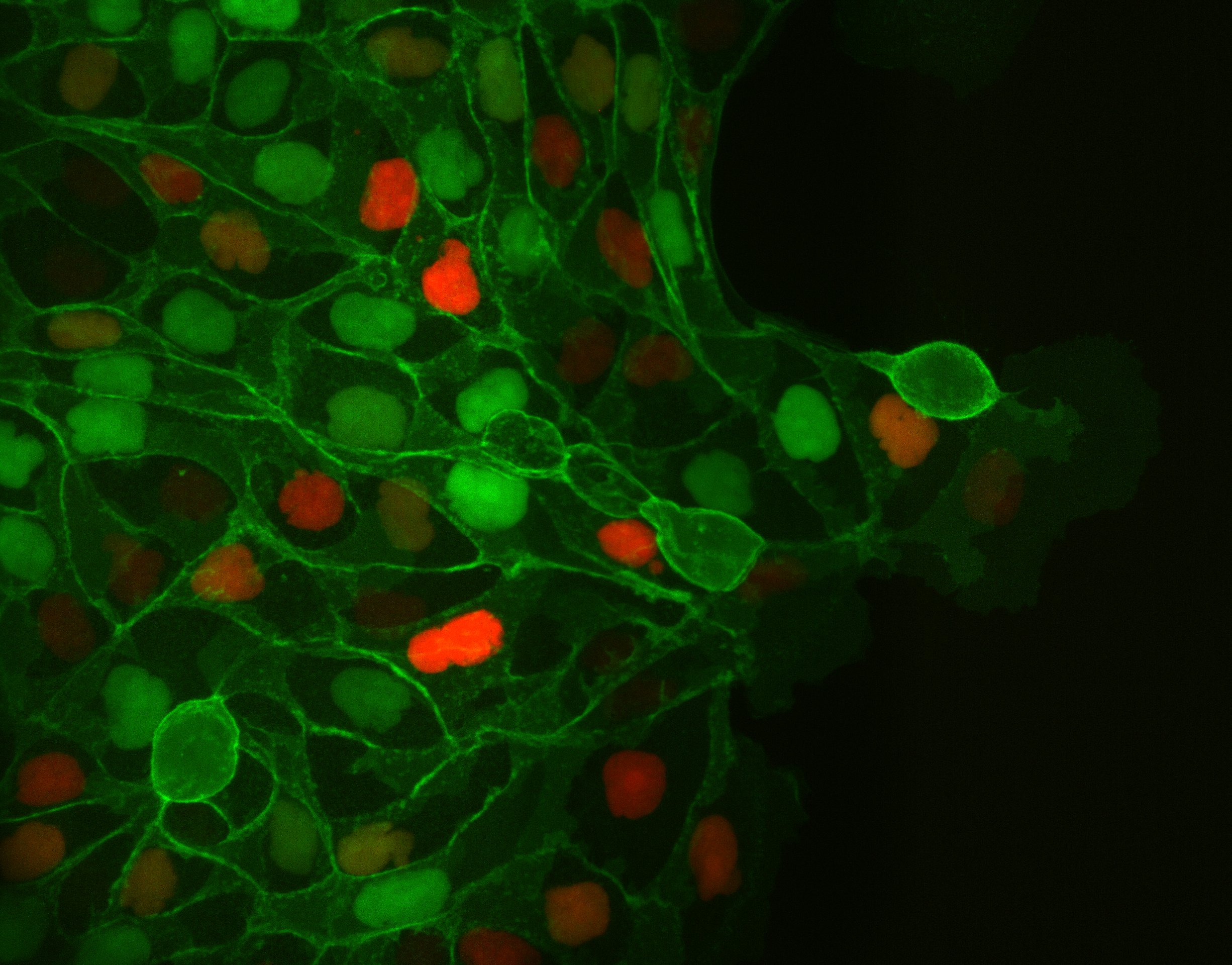

Staff
Xavier Trepat
Projects
| NATIONAL PROJECTS | FINANCER | PI |
|---|---|---|
| mGRADIENTMecanobiología de la migración colectiva durante la haptotaxis y la durotaxis: aplicación a los organoides intestinales (2019-2022) | MICIU Generación Conocimiento: Proyectos I+D | Xavier Trepat |
| DYNAGELHidrogeles biocompatibles con rigidez dinámicamente ajustable para estudiar la mecanobiología de células y tejidos (2019-2022) | MICIU Retos investigación: Proyectos I+D | Raimon Sunyer |
| INTERNATIONAL PROJECTS | FINANCER | PI |
|---|---|---|
| EpiFold Engineering epithelial shape and mechanics: from synthetic morphogenesis to biohybrid devices (2021-2025) | European Commission, ERC-AdG | Xavier Trepat |
| The role of intermediate filaments in stress resistance in 3D epithelial structures (2021-2023) | Deutsche Forschungsgemeinschaft (DFG), Walter Benjamin-Programme | Tom Golde |
| Mechano·Control Mechanical control of biological function (2017-2022) | European Commission, FET Proactive | Xavier Trepat |
| Control of cell collective flows and tissue folding by means of surface patterns (2021-2022) | Human Frontier Science Program, HFSP Beca postdoctoral | Pau Guillamat |
| PRIVATELY-FUNDED PROJECTS | FINANCER | PI |
|---|---|---|
| Mech4Cancer · Enabling technologies to map nuclear mechanosensing: from organoids to tumors (2020-2023) | Obra Social La Caixa: Health Research Call | Xavier Trepat |
| T cell exclusion during cancer immune evasion and immunotherapy failure: cell types, transcriptional programs and biomechanics (2020-2023) | Fundació La Marató de TV3 | Xavier Trepat |
| Joint Programme Healthy Ageing | Obra Social La Caixa | Xavier Trepat |
| Understanding and measuring mechanical tumor properties to improve cancer diagnosis, treatment, and survival: Application to liquid biopsies (2017-2022) | Obra Social La Caixa | Xavier Trepat |
| FINISHED PROJECTS | FINANCER | PI |
|---|---|---|
| OPTOLEADER Optogenetic control of leader cell mechanobiology during collective cell migration (2019-2021) | European Commission, MARIE CURIE – IF | Leone Rossetti |
| MECHANOIDS Probing and controlling the three-dimensional organoid mechanobiology (2019-2021) | European Commission, MARIE CURIE – IF | Manuel Gómez |
| TensionControl Multiscale regulation of epithelial tension (2015-2020) | European Commission, ERC – CoG | Xavier Trepat |
| El mecanoma de la adhesión epitelial: mecanismos de detección, resistencia y transmisión de fuerzas intercelulares | MINECO, I+D-Investigación fundamental no orientada | Xavier Trepat |
| MICROGRADIENTPAGE Micro Gradient Polyacrylamide Gels for High Throughput Electrophoresis Analysis | European Commission, ERC-PoC | Xavier Trepat |
| GENESFORCEMOTION Physical Forces Driving Collective Cell Migration: from Genes to Mechanism | European Commission, ERC-StG | Xavier Trepat |
| CAMVAS Coordination and migration of cells during 3D Vasculogenesis (2014-2017) | European Commission, MARIE CURIE – IOF | Xavier Trepat |
| DUROTAXIS Mecanobiología de la durotaxis: de las células aisladas a los tejidos | MINECO, Proyectos I+D Excelencia | Xavier Trepat |
Publications
Equipment
- Soft Lithography
- Micro/Nano fabrication
- Cell stretching
- Live Confocal Microcopy
- Magnetic Tweezers
- Magnetic Twisting Cytometry
- Monolayer stress microscopy
- Traction microscopy
Collaborations
- Julien Colombelli / Eduard Batlle
Institute for Research in Biomedicine (IRB) Barcelona - Marino Arroyo
Universitat Politècnica de Catalunya, Barcelona - Guillaume Charras / Roberto Mayor
University College London, UK - Erik Sahai
Cancer Research, UK - Benoit Ladoux
Université Paris 7, France - Jim Butler & Jeff Fredberg
Harvard University, Boston - Danijela Vignjevic
Institut Curie, Paris - Jonel Trebicka
Department of Internal Medicine I, University Hospital Frankfurt - Eduard Batlle
Institute for Research in Biomedicine (IRB) Barcelona
News
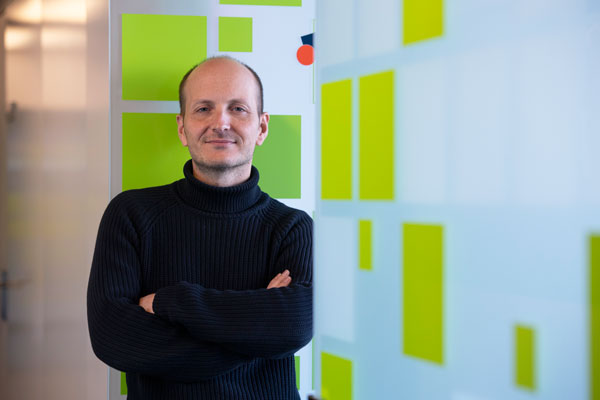
L’investigador Xavier Trepat guanya el premi “Constantes y Vitales” per les seves contribucions pioneres al camp de la mecanobiologia
El Professor de Recerca ICREA a l’Institut de Bioenginyeria de Catalunya (IBEC), Xavier Trepat, ha estat guardonat amb el Premi “Constantes y Vitales” al Talent en Investigació Biomèdica, atorgat pel grup Atresmedia, per les seves aportacions al camp conegut com a mecanobiologia, aquell que estudia l’efecte de les forces físiques sobre els sistemes vius i la seva implicació en patologies com ara el càncer.
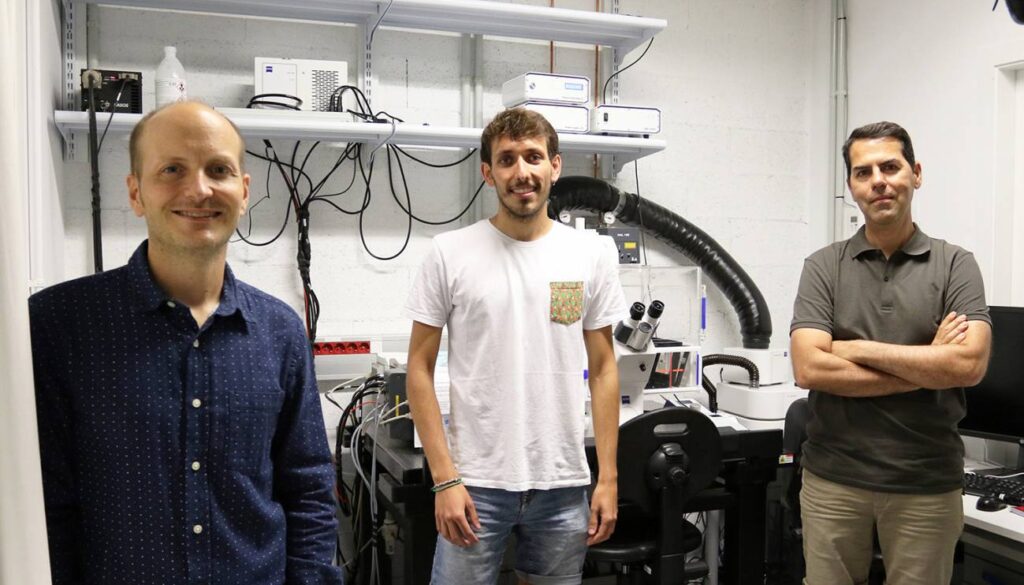
Els organoides intestinals arriben als mitjans
El grup liderat per l’investigador principal Xavier Trepat a l’IBEC, juntament amb l’investigador associat Marino Arroyo i altres col·laboradors internacionals han desenvolupat organoides intestinals i han mesurat, per primera vegada, les forces cel·lulars i han desxifrat com es plega i es mou la paret interior d’aquest òrgan vital.
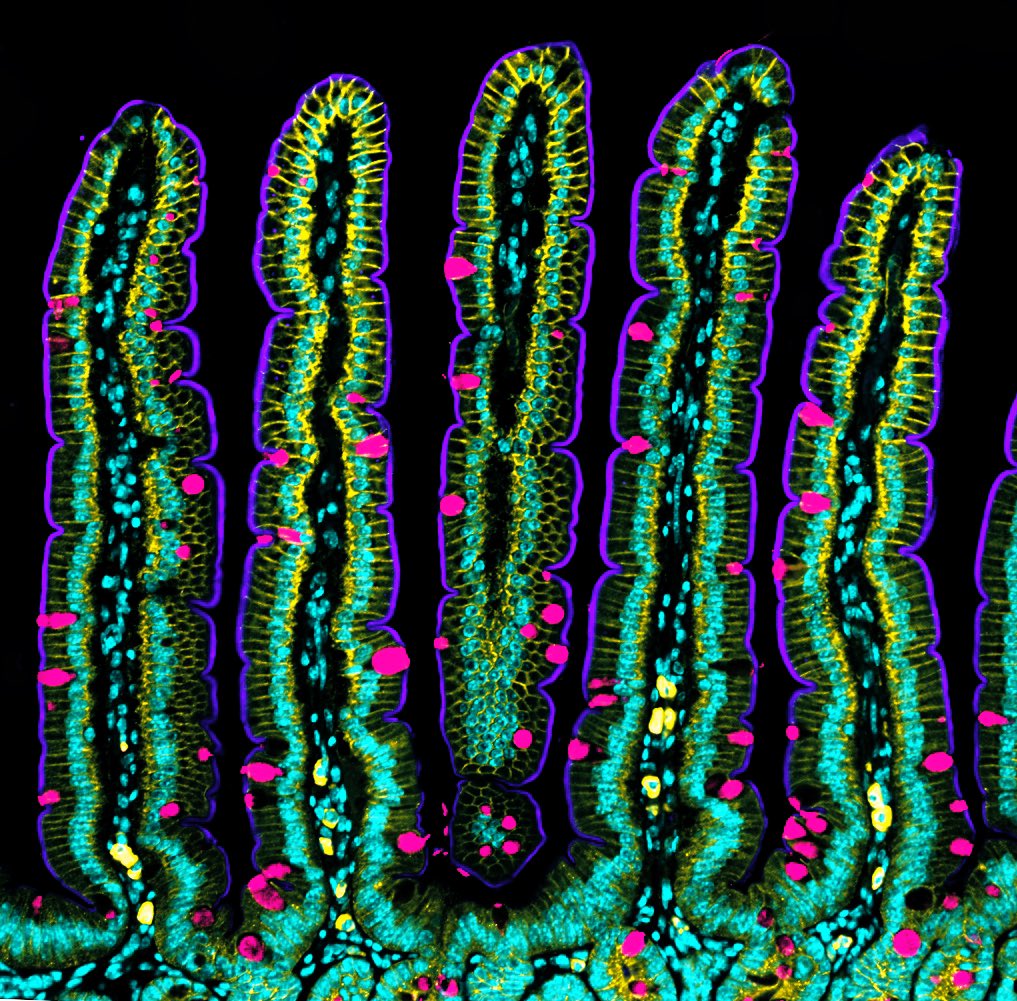
Descobreixen com es plega i es mou la paret de l’intestí mesurant-ne les forces
Una col·laboració internacional liderada per l’IBEC i amb suport de la Fundació La Caixa, mesura per primera vegada, les forces cel·lulars en miniintestins de laboratori i desxifra com es plega i es mou la paret interior d’aquest òrgan vital. L’estudi, publicat a la revista Nature Cell Biology, obre les portes a entendre els bases de malalties com ara la celiaquia o el càncer, i a trobar soluciones per a patologies intestinals gràcies al desenvolupament de noves teràpies.
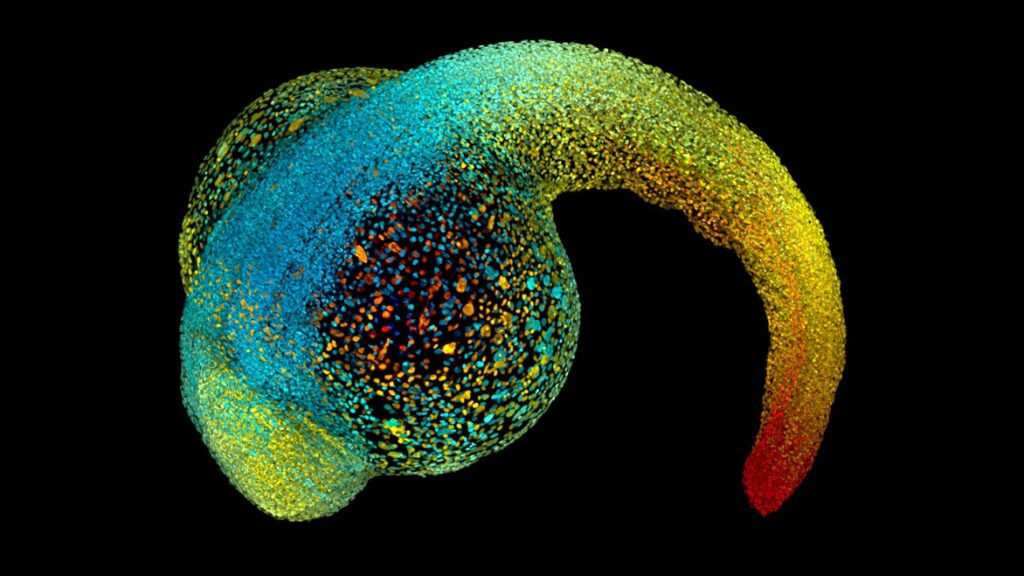
Forces mecàniques, la meitat de l’alfabet per a entendre la vida
Xavier Trepat i experts internacionals ens recorden en un article publicat al Journal Nature per l’escriptora científica Amber Dance, el paper crucial de la física per comprendre entitats biològiques com cèl·lules i òrgans, tant en la salut com en la malaltia. En paraules de Trepat: “Entendre una cèl·lula sense física és com intentar escriure un llibre amb sol la meitat de les lletres de l’alfabet”.
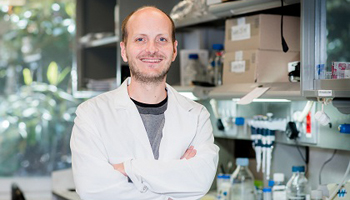
L’estudi de les forces físiques en la progressió de tumors
Xavier Trepat, líder del grup de “Dinàmica integrativa de cèl·lules i teixits” de l’IBEC, és entrevistat per la secció Big Vang de La Vanguardia explicant el seu estudi per millorar el diagnòstic de la malaltia de la progressió del tumor i poder desenvolupar nous fàrmacs.
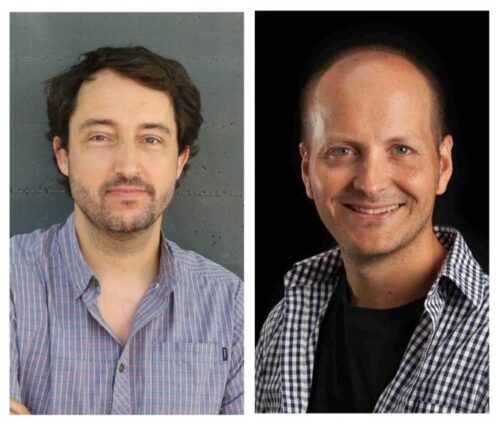
Bioenginyeria contra el càncer
Xavier Trepat i Pere Roca-Cusachs, líders de grup a l’IBEC, apareixen a l’ABC explicant el seu projecte d’investigació que duran a terme gràcies al finançament de “la Caixa” com a part del programa «Health Research Call».
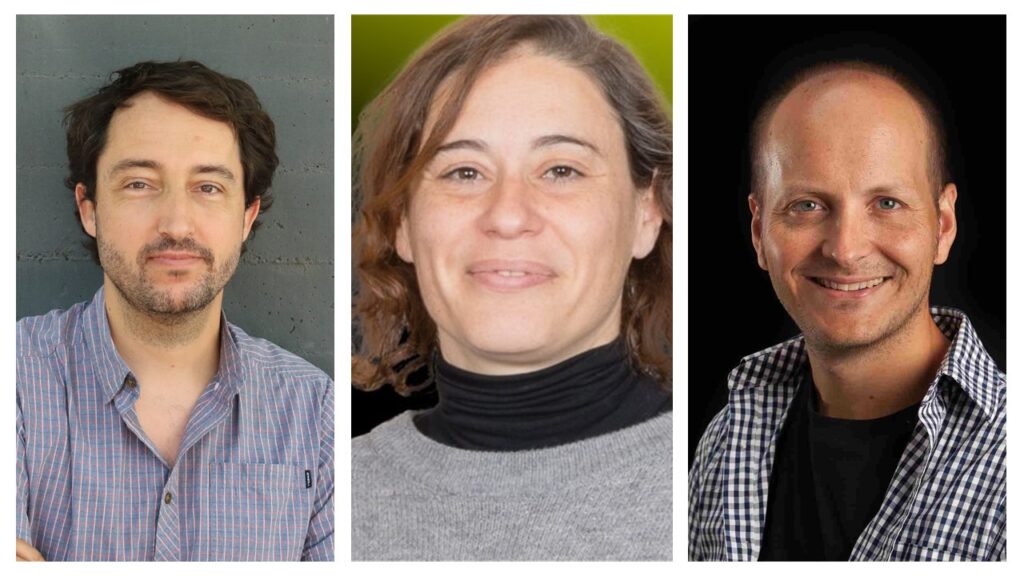
Bioenginyera contra el càncer: investigadors IBEC reben finançament de La Caixa
Els investigadors de l’IBEC Elena Martínez, Xavier Trepat i Pere Roca-Cusachs es proposen entendre els processos que promouen la metàstasi en càncer colorectal utilitzant innovadores eines de bioenginyeria, com la bioimpressió i la microscòpia capaç de revelar forces a escala cel·lular. Els resultats es traduiran en un dispositiu que recrearà l’ambient tumoral a partir de les cèl·lules canceroses derivades dels mateixos pacients, així com una nova tecnologia que permetrà visualitzar com les forces físiques afecten els nuclis de les cèl·lules en metàstasi. Per això, els investigadors reben finançament de la tercera edició de la convocatòria “Health Research Call” de la Fundació “La Caixa”.
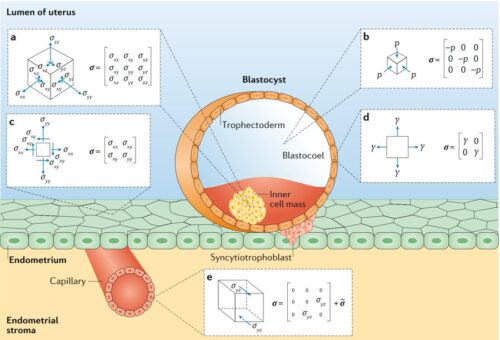
Com es mesura l’estrès mecànic en teixits vius?
Un equip d’experts de l’Institut de Bioenginyeria de Catalunya (IBEC) publica a la revista Nature Reviews Physics una revisió detallada de les diferents tècniques que s’utilitzen per calcular l’estrès mecànic en teixits, tant en cultius cel·lulars, com in vivo. Determinar aquests mecanismes d’estrès mecànic és clau per estudiar els processos vinculats a la morfogènesi, l’homeòstasi i a malalties com el càncer. Els teixits vius són materials que, per funcionar adequadament, necessiten moure’s, dividir-se, remodelar-se i percebre el seu microambient en tot moment. És a dir, necessiten suportar cert estrès mecànic derivat del contacte.
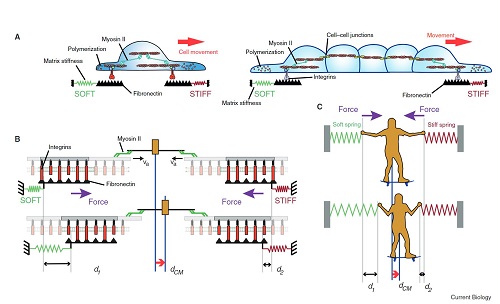
Investigadors de l’IBEC expliquen la “durotaxis”, un mecanisme de migració cel·lular amb un paper potencial en diverses malalties
Xavier Trepat, líder del grup de “Dinàmica integrativa de cèl·lules i teixits” a l’IBEC juntament amb Raimon Sunyer, investigador sènior en el laboratori de Trepat, han escrit un Primer a la revista Current Biology sobre la “Durotaxis”, un mecanisme de migració cel·lular que podria tenir un paper en diverses malalties que impliquin l’enduriment dels teixits. El desenvolupament embrionari, la progressió tumoral o la resposta immunològica contra patògens requereix la migració cel·lular.
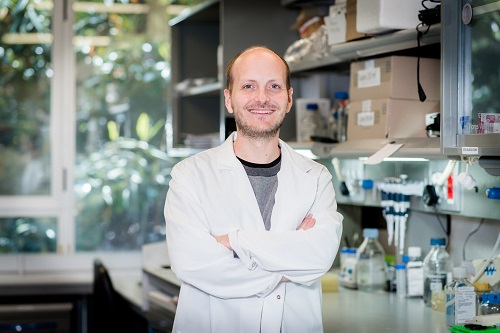
The European Research Council awards funding to 10 projects in Catalonia
Several media channels have reported this year’s European Research Council grants to various projects being undertaken in Catalonia. Among these projects is that of Xavier Trepat, group leader at IBEC.

 ibecbarcelona.eu
ibecbarcelona.eu